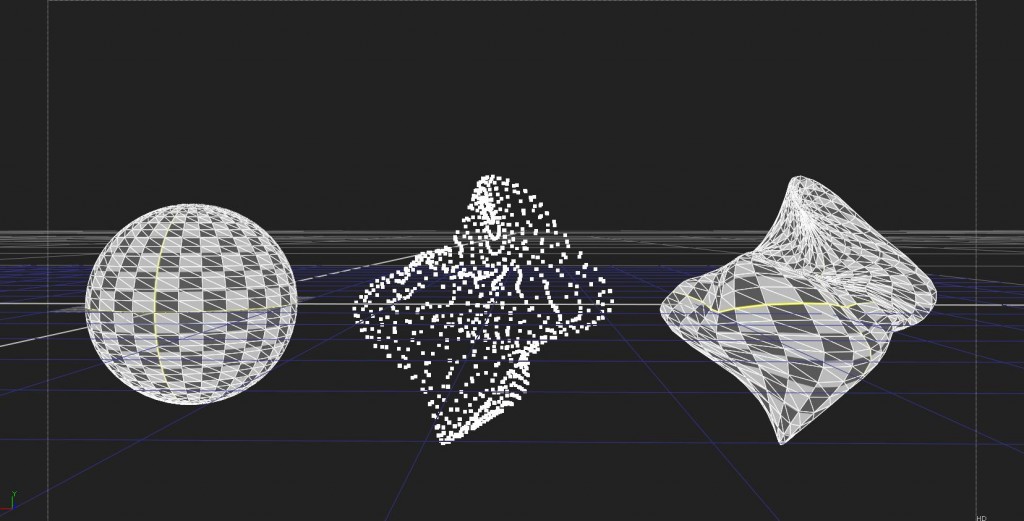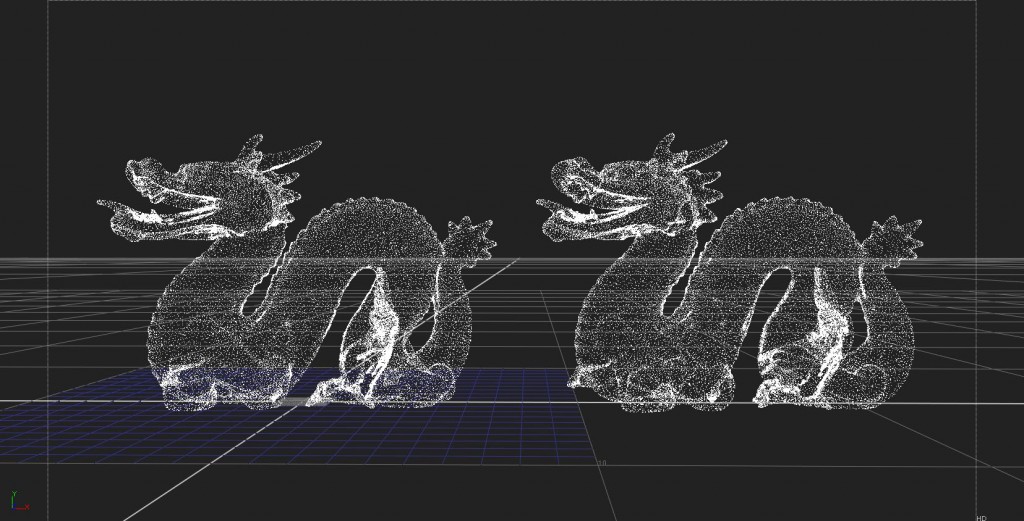TLDR: As of Nuke 8.0v4, there is a bug in the nuke particle system that can cause dramatically increased render-times. Fix Below.
I created a API for the Edit Geo node, allowing me to interact with the node using python (sadly at work so i can’t share, but it should be pretty self explanatory). With that you can do funky stuff like turing some geo into particles, do some particle operations and then apply the particle transformations to the original geo, with animations and all that jazz.
And that was were i discovered a major bug in the nuke particle system. If you emit particles from a closed object using the uniform distribution method, nuke will spawn more than 1 particle per vertex causing major performance drop when emitting from dense models or high vertex emission rates. However since the particles are spawned at the exact same spot in sapce, any (almost) particle transformation will apply the same way causing the render to be identical to a render with just 1 particle per vertex but just with longer render and simulation time.
 On the left 1.800.000 particles spawned from a 150.000 point mesh (each visible particle contains 15 particles) – On the right 150.000 spawned particles from the same 150.000 mesh turned into a pointcloud.
On the left 1.800.000 particles spawned from a 150.000 point mesh (each visible particle contains 15 particles) – On the right 150.000 spawned particles from the same 150.000 mesh turned into a pointcloud.
In the example shown above the left dragon, and right dragon render is 100% identical however the the dragon on the left takes x15 times longer to render due to each particle containing 15 instances. The workaround is to turn whatever mesh you have to spawn from, into a pointcloud before spawing. If you use a static mesh you can use my GeoToPoints tool: GeoToPoints.nk

